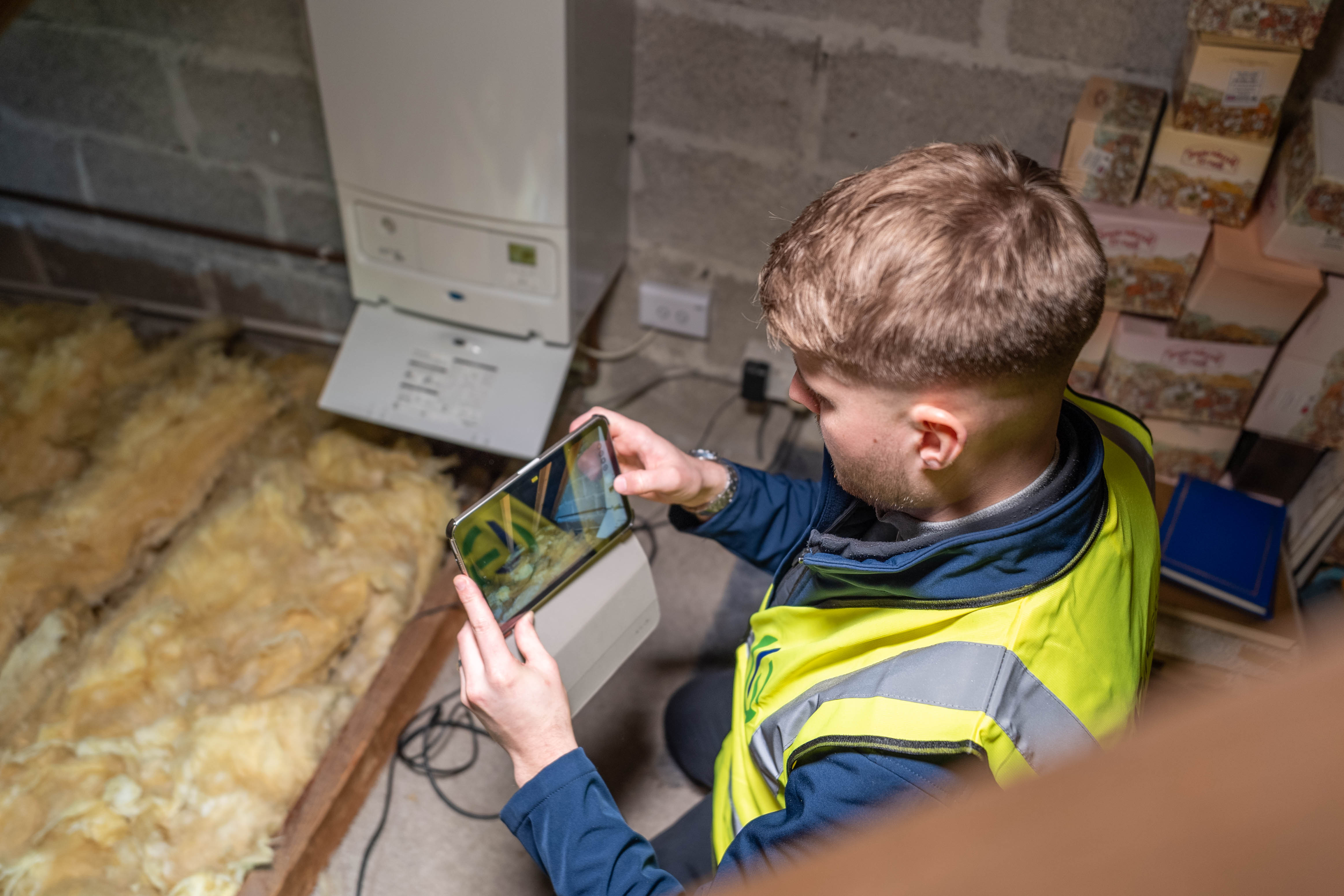
Remaining Compliant
As the UK accelerates toward its 2050 net-zero goals, the importance of retrofitting the nation’s ageing housing stock has never been clearer. At the heart of this transition is PAS 2035, the government-backed specification for domestic retrofit. Introduced to bring structure, quality, and consistency to retrofit projects, PAS 2035 continues to evolve, and 2025 marks the full arrival of a significantly updated version of the standard.
What is PAS:20235?
PAS:2035 forms part of the UK Government’s TrustMark quality assurance framework and outlines the standards and processes required for retrofitting domestic properties. It works alongside PAS:2030, which specifies the installation of energy efficiency measures, and together they underpin schemes like ECO4 and SHDF.
Key features of PAS:2035 include:
- A whole-house retrofit approach
- Structured roles: Retrofit Assessor, Coordinator, Designer, Installer, and Evaluator
- Focus on risk assessment, ventilation, moisture management, and long-term performance
Breakdown of the most important changes:
More streamlined Risk Pathways -
The three retrofit risk pathways (A – low risk, B – medium, C – high have been overhauled to be more practical and aligned with project types. In 2025, the selection of a risk pathway no longer exists by the ‘A/B/C’ ratings; instead, it simply depends on the type and number of interacting measures to reduce confusion and ensure more consistent risk assessments across the industry.
Traditional Construction – New Definition -
The standard now clearly defines traditional construction as:
- Solid brick, stone, or earth walls with moisture-permeable materials (pre-1919).
- Pre-1919 timber frame buildings with any type of infill, regardless of listed status or conservation area designation.
This clarity ensures better planning and appropriate energy efficiency measures for older buildings.
Retrofit Assessment: More detail required -
Assessors must now include enhanced ventilation assessments, and SAP 10 will become the new standard methodology. This brings assessments closer to Full SAP and includes key metrics like air permeability.
Coordinators must also collect more robust compliance evidence, including:
- On-site or remote inspections
- Photographic proof
- Documentation for TrustMark submissions
Tighter requirements on moisture and ventilation -
The focus on ventilation under PAS2035:2023 has been sharpened to include a detailed record and assessment of existing systems in dwellings, in line with PAS2035’s core remit to prevent any harmful consequences of retrofit.
Retrofit at scale
The update introduces clearer guidance for large-scale retrofit projects, helping local authorities, housing associations, and major contractors apply best practices consistently across multiple properties.
Post evaluation is now required
Projects must now include post-retrofit evaluation, such as:
-
A feedback questionnaire for residents (within 3 months of completion)
-
A full record of inspections and photographic documentation



.png)
Leave Your Comment Here